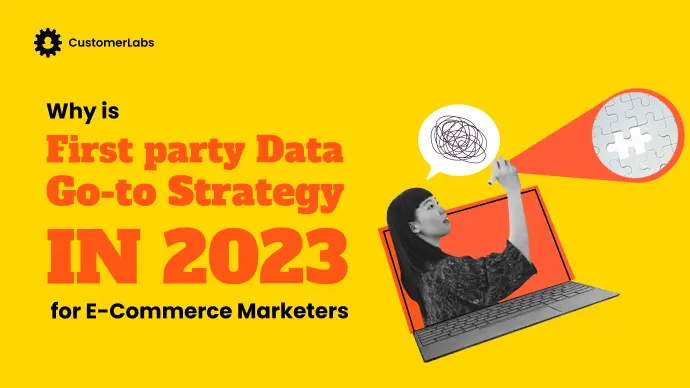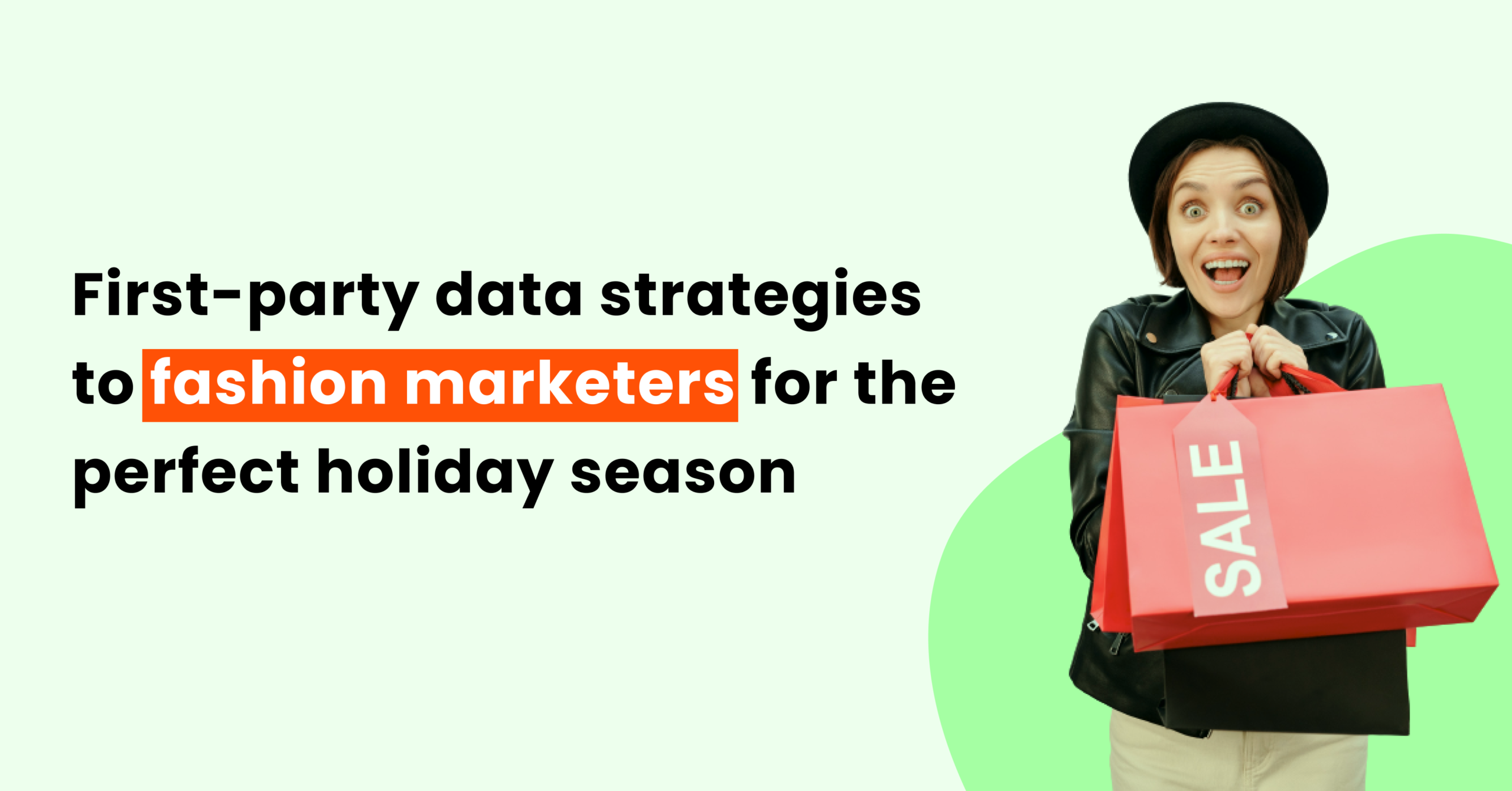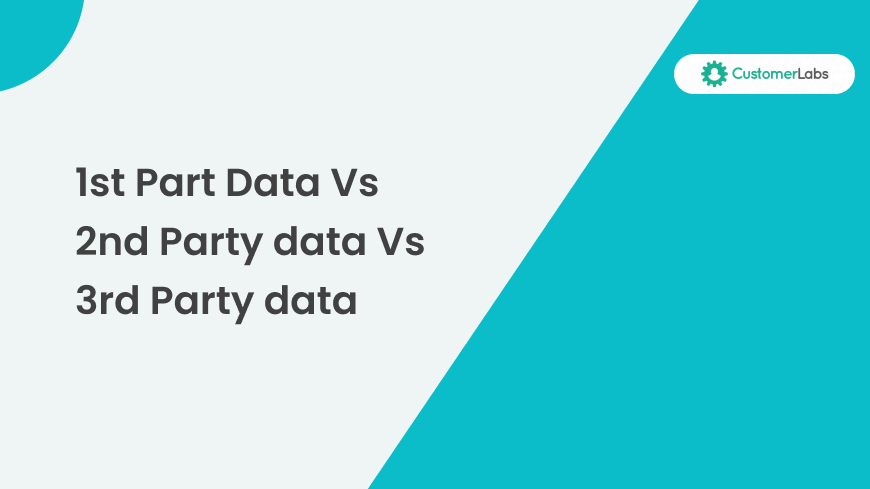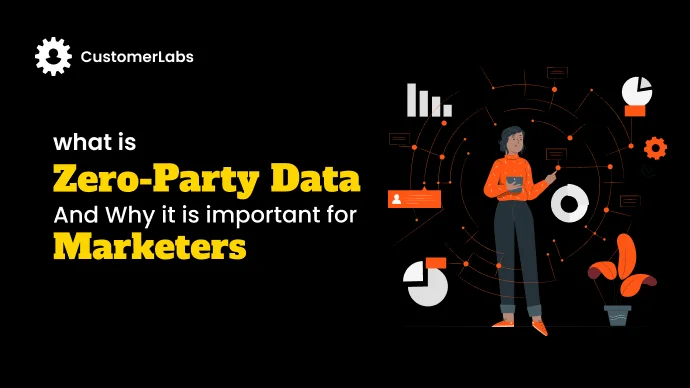
Data privacy measures by governments & firms, and the Apple iOS14 update have limited third-party data cookie tracking leading to a decline in ad performance, leaving marketers bewildered. Zero-party data emerges as a ray of hope for digital marketers around the globe.
Let us understand what is zero party data, how to collect it, and use that data to run personalized ad campaigns.
What is Zero-party data?
The data shared voluntarily by the users to your business is called Zero-party data.
Zero Party Data is rich with information about a user’s behavior, preferences, and tastes that help understand your user better to deliver a personalized experience.
The term zero-party data was coined by Forrester.
Data that a customer intentionally and proactively shares with a brand, which can include preference center data, purchase intentions, personal context, and how the individual wants the brand to recognize her
How is Zero-party data different from other types of data?
There are four types of data – zero-party, first-party, second-party & third-party data
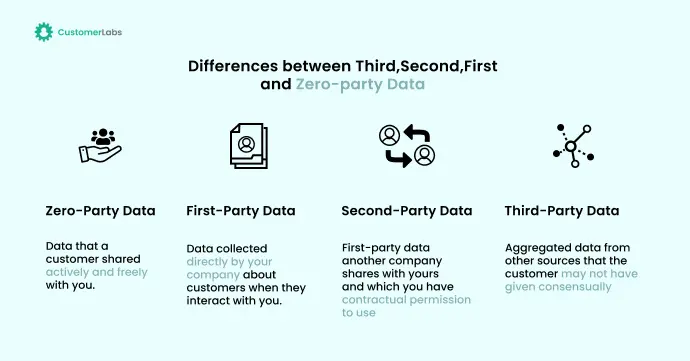
Marketers were able to harness the power of third-party data till now. But third-party data turned out to be an exhaustible source that is soon to get depleted with the upcoming data-privacy updates.
To keep your engines running it is more important to focus on the other types of data, especially Zero-party & first-party data to survive the marketing game.

Collecting Zero-party data: Right from the source
There is a saying “If you do not ask, you do not get it!”
The same is the case with zero party data. Ask your customer directly about his/her needs.
There are different ways to ask your customer for data and collect it, but the primary principle it works on is reciprocity (mutual benefit) -Businesses offer some value to the users in exchange for data.
Here’s the perfect example of how businesses can collect zero-party data
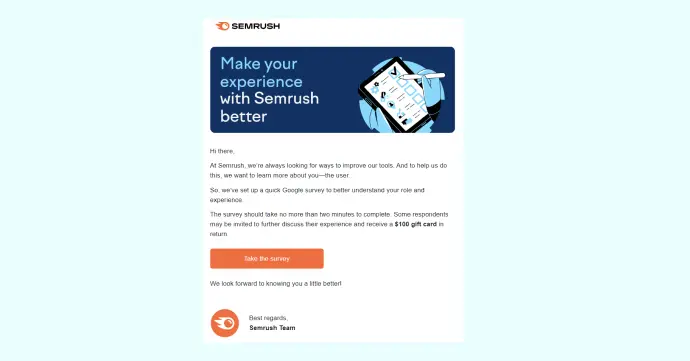
In this email, Semrush offers a chance to receive a $100 gift card if you take their survey and get selected. Here, the consumer willingly submits his/her data for the semrush tools improvements and in return gets a chance to win a $100 Gift Card and a much better tool.
One more classic example is how you get pop-ups while reading the content of a news website like The New York times.
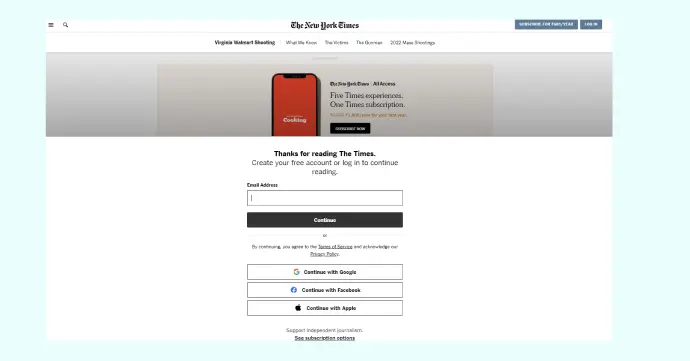
Forbes attracts users with 60% off on subscriptions to their articles in exchange for customer information.
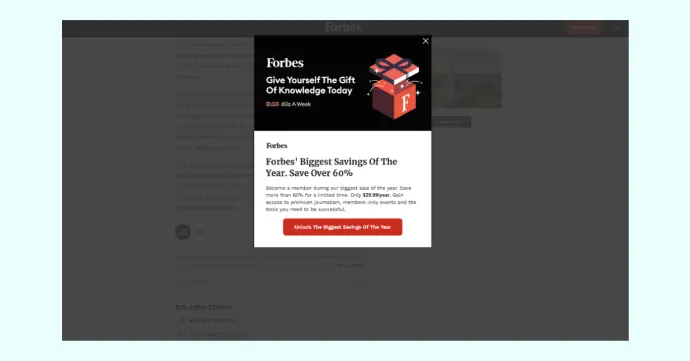
Now in exchange for the customer data, Forbes allows its users to read their premium content.
You can also collect Zero-party data through a quiz, polls, post-purchase surveys, product onboarding, contests, coupon codes, etc.
Loyalty Programmes: The most popular
Procter & Gamble uses its loyalty program to collect user data. The customers get rewarded while P&G gets user preferences & behavior data.
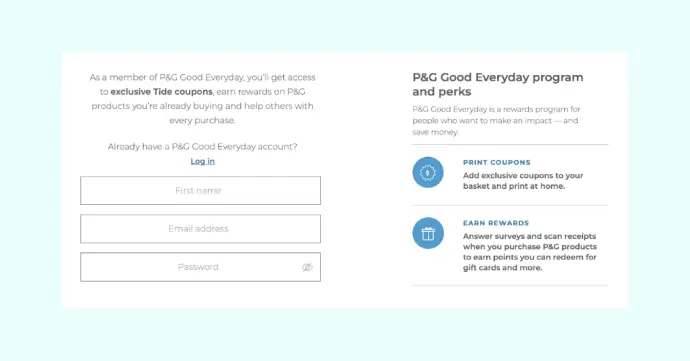
Is it important to collect zero-party data now?
Data privacy regulations like GDPR/CCPA by governments across the world and the latest iOS 14.5 update by Apple + blocking of third-party cookies by browsers, make it difficult for ad platforms to collect user behavior data.
With less data available, the ad campaign’s performance dips.
Many big brands like P&G, HUL, etc., have realized the importance of providing a personalized experience to the user and kicked up the notch by collecting user preference & behavior data.
But is it really necessary for Small & Medium Businesses (SMBs) to collect user behavior & preference data?
78% of US online adults have chosen, recommended, or paid more for a brand offering personalized digital experiences or services
To be in the race and maximize your reach & ROAS, you should start collecting Zero-party data now!
But Zero-party data alone will not be sufficient to fuel your skyrocketing personalized retargeting ad campaigns.
Zero-party + First-party data = Progressive Optimization
First-party data is your data that you can source from your website, CRMs, offline/online surveys, events, etc.
Most of you are aware only of the known user data, it is also important for you to know about the huge anonymous visitor data.
Yes, you can collect your anonymous website visitors data as well and run retargeting campaigns to convert them into customers.
At CustomerLabs, we synced our First-party data to Meta & Google which has improved our custom audience match rates beyond 80%!
On Facebook, we have synced our first-party data of 16,000 blog visitors. For this, we achieved a match of 15,000 visitors which is beyond 90%.

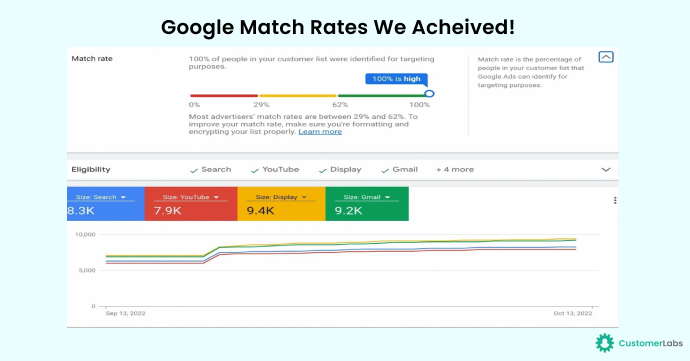
What makes CustomerLabs different from others
At CustomerLabs, we sync the data progressively and keep the ad platforms updated with the latest data, training the ad platform’s algorithm to make your ads run effectively. This is called progressive optimization.
Our advanced audience segmentation and seamless integration of the data make it possible for you to run personalized ads for all your website visitors.
All the above strategies will boost your ROAS by 2X times!

Zero-party data: Use cases
Zero-party data helps businesses with the following
- Retargeting ad campaigns
- Email Marketing
- Personalized messages
- Micro-targeting
- Personalized web experiences
You got a once-in-a-generation opportunity to carve your future ecosystem. If you miss, you lose!
~ Deloitte
First-party data & Zero-party data: Future of cookieless marketing
Power your business with reliable user behavior data to reach prospective customers through personalized ad campaigns.
Be privacy-ready in the cookieless world by strengthening your brand with the coupled efforts of Zero-party data & First-party data to strategize future growth.
Going ahead, the importance of zero-party data increases. If you do not act now, you will be at a loss. Therefore, start collecting the data you can trust, i.e., the first-party & zero-party data to stay on an increasing graph.

